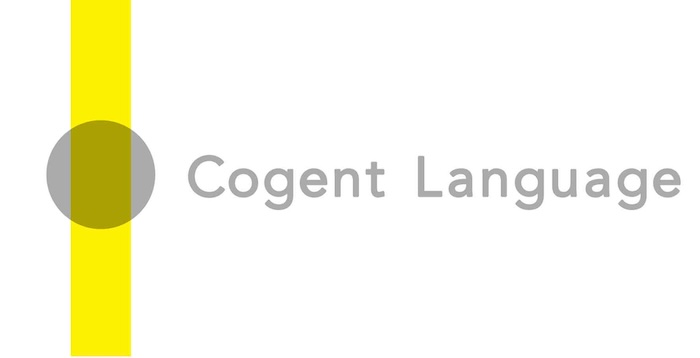As currently conceptualized in many project communities of practice, the “benefits” construct refers to outcomes of the project which are valuable to some stakeholder(s). Stakeholders other than the customers may have benefits from a project, without receiving any deliverable, and perhaps long after these have been taken away by the customer. While these beneficial outcomes […]
“Product Goals in Scrum”
10.5′ explanation, oriented specifically to Scrum development approaches and the Scrum construct of “product goal”. However, this talk helps understand how, in agile generally, some very, very high-level model of the product – our “product vision” construct – is useful in engaging stakeholders, informing team formation, and representing potential project outputs in a persuasive way. […]
“Business Model Canvas Explained”
Brief (2′) overview of the canvas by Strategyzer, its inventors. Clear visuals, high production values.
“Project Business Case: Write an Effective Project Proposal”
Clear, well-organized intro in about 17′
“The Basics of Scope Management: How to Manage Scope”
Useful 5′ introduction to fundamentals of scope and scope management.
“PRINCE2 2017 End Stage Report”
9′ video explaining this Prince2 construct. Relevant to most any plan-driven project. Well organized and presented. Excellent Visuals.
“Quality Improvement: Choosing Measures”
This 6′ video offers a clear classification of types of metrics and very useful advice on choosing and using quality metrics. Though addressed to teams in the health industry, it is pertinent to teams busy doing most any sort of work.
“What is SIPOC and how to use SIPOC diagram in practice”
Solid 4.5′ introduction, organized around two examples.
“Knowledge Management – The SECI Model”
Great 3′ intro to this key construct for many of today’s projects, especially those where the knowledge needed to build the product does not already exist.
“PRINCE2 Foundation Deep Dive: Session 2 | Processes, Project Tailoring & Exclusive Study Tips”
High-level mappings of key Prince2 constructs. These mappings, annotated through the presentation, usefully organize the “deep dive”. However, the session is long (longer than an hour) and the orientation is to passing the exam rather than to project know-how.

